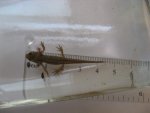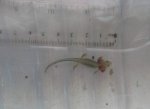eljorgo
Banned
Today I came across with this amazing individual totally different to what i´ve seen in my breedings. I have breed twice this lovely specie and I had my first morphs some days ago. In none of them i had a larva with such a rich coloration before metamorphosis like in this one. Not even when the gills were almost vanish. This individual, not to mention having a strong coloration, haves an astonishing pair of gill buds with alpha pair of gills passing 1cm in length! Its an amazing animal, a serious treat for the eyes. I wish I had a macro lenses but this was what i could dig up...

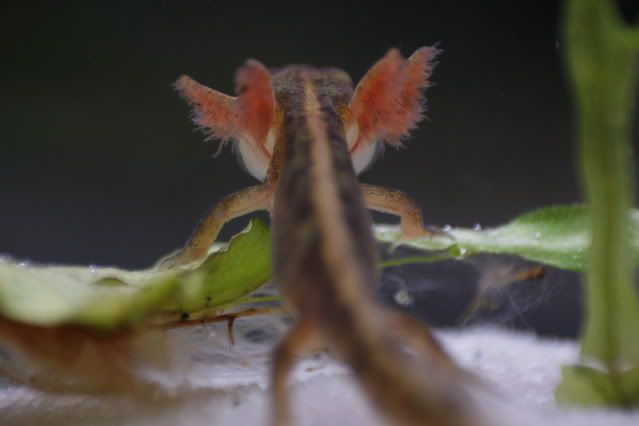
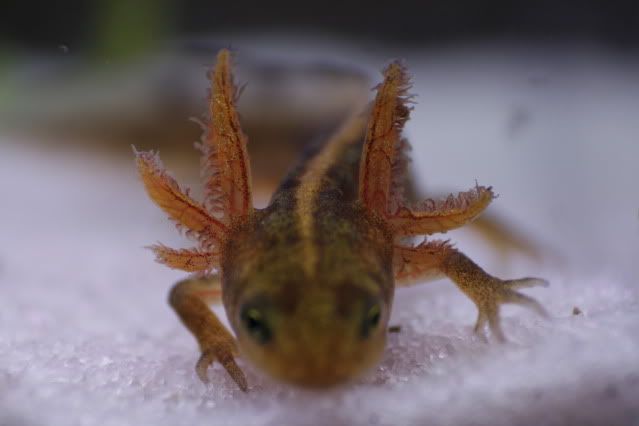

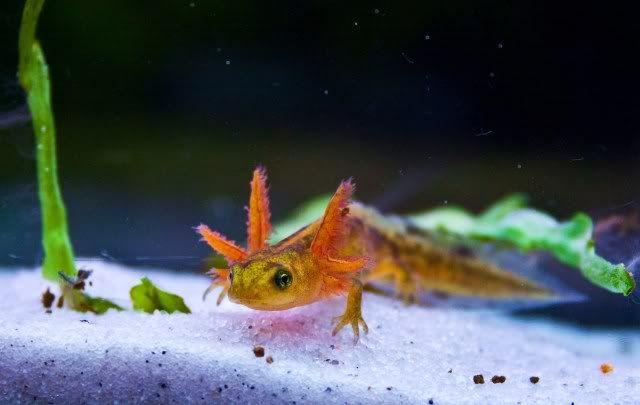
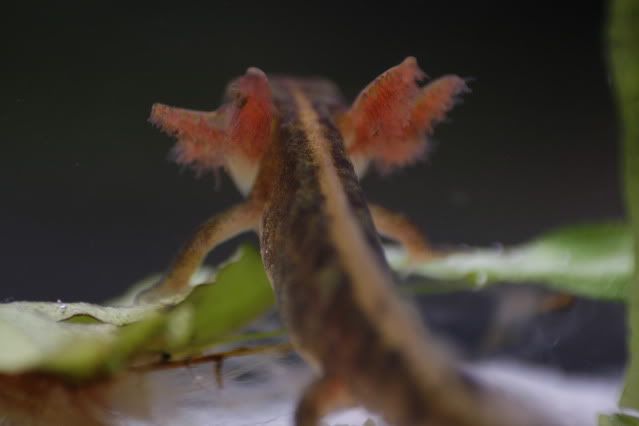
Side marking with many big circular dots instead of usual dense small irregular markings.

In Triturus genus neoteny is possible (T.cristatus) and relative genus like Lissotriton and Mesotriton also have this kind of adaptation, but even so I never heard of any Paedomorphic marmoratus...
So, could this fella really be a Paedomorph?
What really keeps amazing me are the size of the gills... Waw
Cheers,
Jorge






Side marking with many big circular dots instead of usual dense small irregular markings.

In Triturus genus neoteny is possible (T.cristatus) and relative genus like Lissotriton and Mesotriton also have this kind of adaptation, but even so I never heard of any Paedomorphic marmoratus...
So, could this fella really be a Paedomorph?
What really keeps amazing me are the size of the gills... Waw
Cheers,
Jorge

